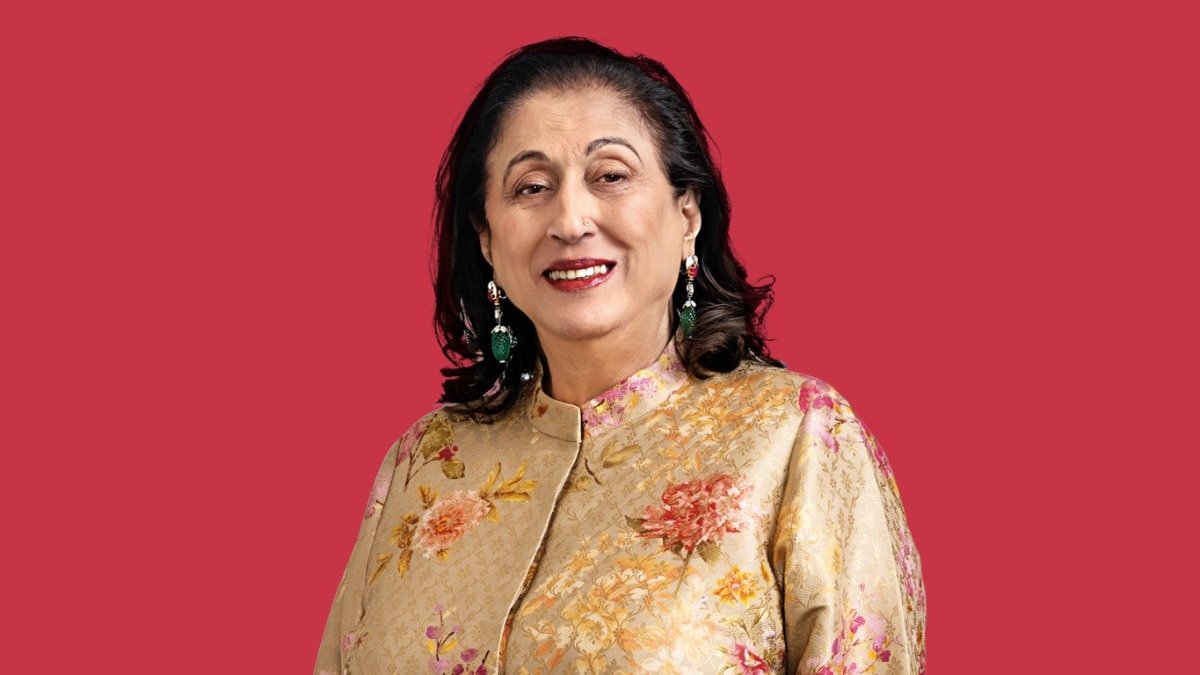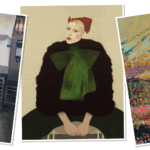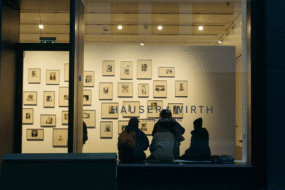
India’s art world has grown into one of the most dynamic emerging markets, with artists commanding international attention and the domestic ecosystem maturing in exciting ways. The market is experiencing unprecedented growth with record-breaking auctions of masters like M.F. Husain, Amrita Sher-Gil, S.H. Raza, and V.S. Gaitonde; rising contemporary art sales; and increasing institutional interest worldwide. Unlike the Western art market, which has had centuries to evolve, ours is still relatively young. The culture of living with original artworks is only now catching on, yet it is rapidly becoming a part of urban life. Unlike other forms of luxury, art has the rare power to transcend time and trends. This signals a shift where collecting is becoming less about status and more about building a conscious lifestyle choice.
The ecosystem is being strengthened by the rise of new galleries, alongside a surge in biennales and art fairs, and an increasingly engaged audience. What excites me most is seeing more younger, first-time art buyers in India whose interest extends beyond acquisition into dialogue and cultural relevance.
I strongly believe that patrons and supporters of the arts play a vital role in supporting and promoting Indian culture. What is most worthy of celebration is that there are several private organisations, foundations, and institutions that have taken it upon themselves to place South Asian art on the global stage. Under Sunil Munjal’s initiative, Serendipity Arts Festival in Goa consistently delivers outstanding shows annually, while the Kochi Biennale showcases remarkable works every other year. Munjal’s upcoming BRIJ initiative and MAP in Bengaluru, amongst others, are actively contributing to this cause. Equally significant is the way India’s artistic voices are resonating internationally.
Yet, despite these advances, and despite a long history dating back to centuries of elite and royal patronage, the incorporation of fine arts into daily life remains a largely novel idea in the subcontinent. Though conventionally regarded as one of the more exclusive forms of financial asset-holding, art goes beyond its valuation. It represents a significant tangible interpretation of shared cultures and traditions, and this recognition is now increasingly reflected in growing personal collections. Today, art is not merely an asset, but a significant embodiment of cultural capital. By promoting access and art education across demographics, we can shape a generation that views art not as a luxury, but as a bridge between lived realities and possibilities for the future.
As we navigate this evolving landscape, the potential for India’s cultural export to make a lasting impact on the global stage is both exciting and promising. Embracing this will contribute to a richer and more interconnected global cultural dialogue.
This can be made possible through extensive institutional collaborations between cultural institutions and grassroots educational organisations. Equally important are innovative and engaging curatorial and exhibition practices that create opportunities for interactions with art that go beyond the four walls of the museum. At the Kiran Nadar Museum of Art (KNMA), we are committed to this vision. Our upcoming standalone museum and cultural centre, located en route Indira Gandhi International Airport, will open in the next two to three years. Designed as a confluence of ideas and conversations, it will offer exhibitions, performances, and cultural engagement across disciplines.
I strongly believe the path forward lies in collaboration. When I founded KNMA 15 years ago, I saw it as part of a growing ecosystem of art institutions across India. Private initiatives can lead the way, but long-term growth requires partnerships between collectors, institutions, and policymakers. I am encouraged by the increasing dialogue between public and private sectors, especially with the government now actively supporting the cause through progressive steps such as reducing GST on original artworks.
The growing global interest in Indian art presents a perfect opportunity for this collaborative approach, allowing us to position our rich artistic heritage prominently on the world stage while making it more accessible to everyone in India. We are moving from the stage of gaining recognition to one where art becomes part of daily life, open and accessible to all. The canvas continues to expand and some of its most defining strokes are still to come.
Views are personal









